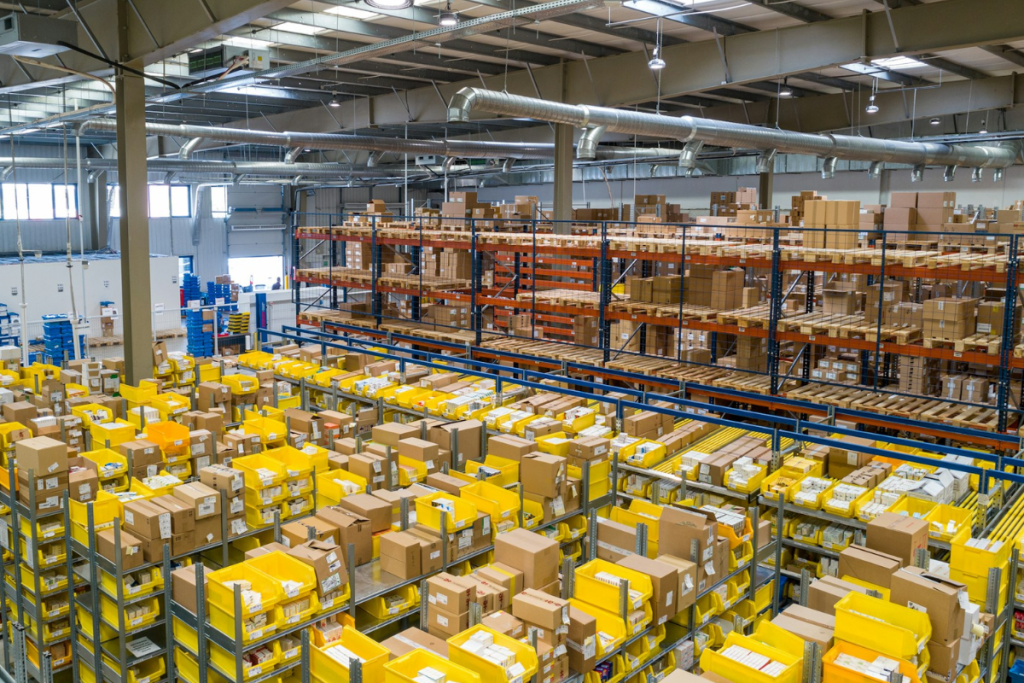Logistics costs in the United States continued to climb in May, driven by rising inventory expenses and tighter warehouse conditions, according to the latest Logistics Managers’ Index. While overall activity grew modestly, the stark divergence between stagnant inventory levels and rising costs signals growing strain across U.S. supply chains. Importers appear to be stockpiling goods in anticipation of volatile trade policy shifts, driving up warehouse utilization and pricing.
Inventory Costs Outpace Volume Growth
The U.S. Logistics Managers’ Index rose to 59.4 in May, up from 58.8 in April and nearly four points above last year’s level. The gain was driven largely by inventory costs, which climbed to 78.4, the highest since October 2022. Inventory levels, by contrast, edged up to just 51.5, suggesting goods are sitting in place rather than turning. Researchers across five universities say the gap points to goods sitting longer on warehouse floors as importers hedge against unpredictable tariff policy.
Warehousing utilization rose to 62.5 and pricing held at a steep 72.1, even though total capacity remained flat at 50.0. The data indicates that many firms are stockpiling goods in response to tariff uncertainty, then holding them longer in storage.
Tariff Fog Redraws the Competitive Map
Cost pressure is not falling evenly across the sector. Smaller shippers reported an overall LMI of 63.1 in May, seven points higher than their larger peers, as tight cash positions magnify the impact of rising storage and transportation rates. Industry watchers also flag a renewed uptick in transportation prices, another line item feeding through to landed cost models.
The broader pattern is one of companies paying more to move and hold less. After sliding to a seven-month low in March, the index has regained ground on costs alone, not volume, a signal that pricing leverage sits firmly with asset owners rather than freight buyers.
When Tariffs Aren’t the Real Constraint
While tariff shifts remain the headline risk, the more durable constraint may be the structural shortage of flexible storage. Even if trade tensions ease, firms that overcommitted to static warehousing during this stockpiling cycle could find themselves locked into fixed costs as demand patterns change. A growing number of companies are exploring variable-capacity contracts and shared warehousing models, not just to manage costs, but to regain operational agility in an environment where policy, pricing, and consumption remain hard to forecast.





